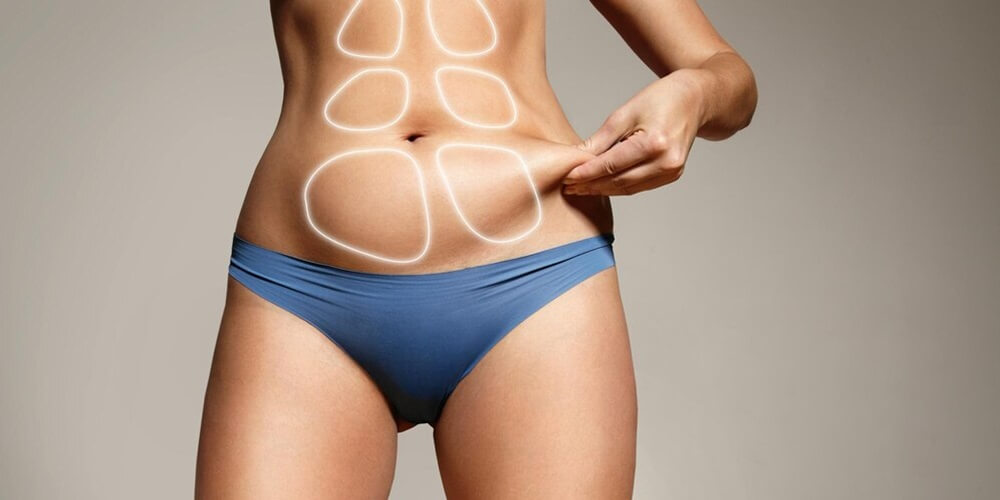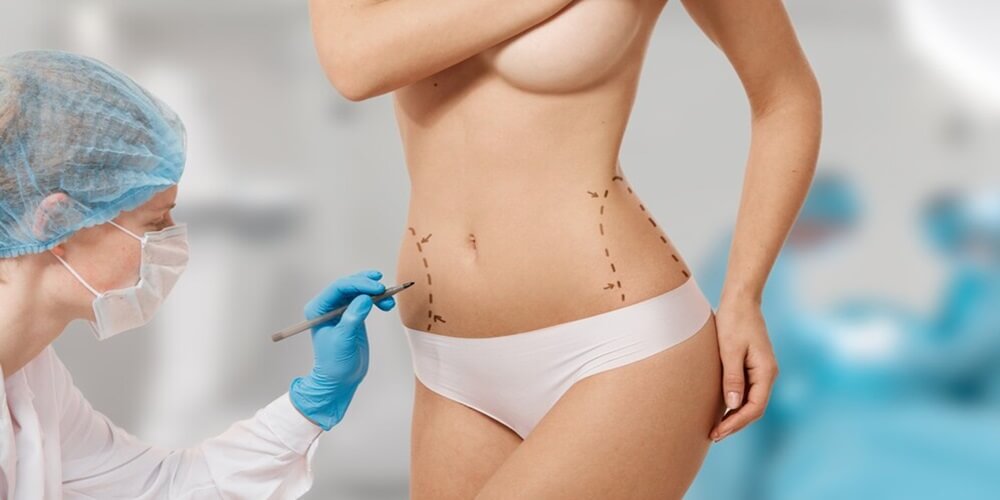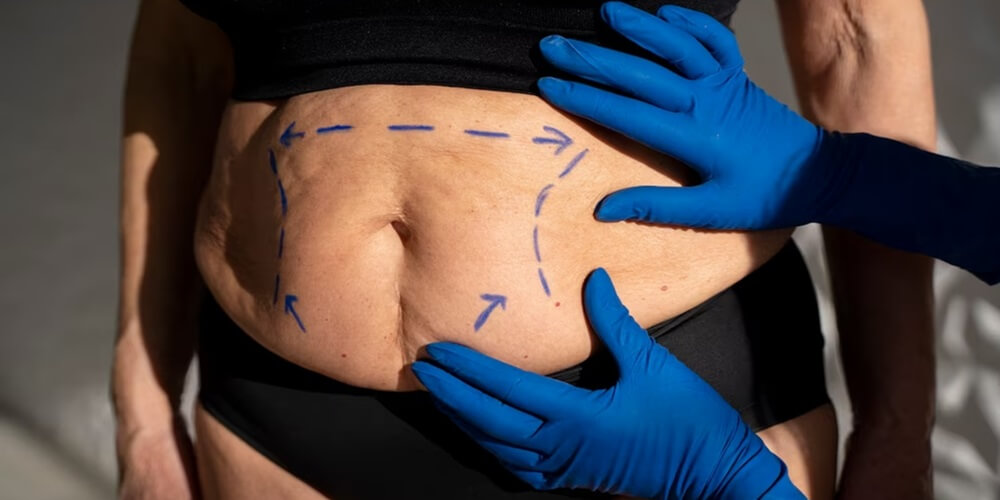Home » Abdominoplasty Recovery: What to Expect After a Tummy Tuck

Planning for abdominoplasty is important. It is good to learn what to expect following the operation, as post-operative time and recovery are entirely personal for each patient. The abdominoplasty recovery depends not only on surgical technique but also on factors such as the patient’s health, skin elasticity, physical condition, and adherence to post-operative advice. Abdominoplasty patients are provided with detailed information in plain language, divided into tabs covering typical concerns recovery after tummy tuck. Abdominoplasty, also known as a tummy tuck, is a common body contouring procedure conducted for patients who have lost significant weight. Whether from pregnancy or weight loss, other cosmetic procedures, or through localized fat pockets, the tummy can protrude from the body, leading to social discomfort. One of the major concerns is obtaining flat, firm belly contours. Abdominoplasty includes the tightening of the rectus abdominal muscles and stitching in the upper layers of peripheral tissues with the excessive overlying skin resection. As with all surgeries, following doctor’s advice will go a long way in ensuring the best recovery after tummy tuck. Even so, it is good to have a general idea, based on averages, as to what to expect during the tummy tuck healing process. Each patient’s abdominoplasty recovery is individual, and this process may be different for you.

This is the part that patients have the most questions about: what is recovery after tummy tuck actually like? Let’s break it into stages for simplicity, starting with a timeline.
Stage 1: Tranquility Then-Reaction—Immediately after surgery to a few days after In this stage, it’s normal for the abdomen to feel mostly numb except for a period of sharp, cramping pain when any stress is placed on the wounds (sitting up or rolling over, for instance), or constantly sore for patients 5 to 7 days after surgery. During this stage, patients are expelling remaining anesthesia solution, metals, and reactive inflammatory cells from healing wounds. So, there is some degree of swelling that patients might see or feel, but it’s mostly a suppressed abdominoplasty recovery response. Wounds also rebuild their cellular scaffolds, so over time, they will become less rigid.
Stage 2: Swelling and Healing Activities—One to a few days after to one to two weeks after surgery In week two, usually patients see an increasing sense of swelling. This is because the acute, damaging phase of recovery after tummy tuck(when cells use metal ions to kill or weaken bacteria, but break down tissues as well) is over, and the body starts to lay down liquid connective tissue that makes that area stronger. Only, some of it leaks out of the skin and into the more superficial area between the two skin layers, causing a sense of “tightness.”
Obviously, like any surgical procedure, one should also expect some discomfort and pain post-op to deal with. Everyone is not created equal in terms of this or even their threshold for pain. The tummy tuck healing process is generally bearable when managed effectively. You will likely be prescribed some form of analgesic, often in the form of opioids for the first few days, and then advanced to over-the-counter medications, such as co-codamol. The most important aspect of medication during the tummy tuck healing process is to be sure to take it as prescribed. Missed medication doses will result in pain returning and being even more difficult to control. Some practical suggestions to manage pain and discomfort following a tummy tuck include setting alarms for regular dose timings, taking painkillers with food, using a small notebook or your phone notes to keep track of your medication doses for the day, ensuring you have the medication on hand before the pain gets severe, applying regular cold compresses to the surgical area, and adjusting pillows around your bed to ensure that you are sleeping in a comfortable position that minimizes strain on the operative area. Patients in the early abdominoplasty recovery period following a tummy tuck generally describe their sensation as tension or pulling that feels as though it is coming from underneath the skin and directly from the incision line, becoming widely distributed when they move around but fairly well localized within the first hour after leaving bed, and able to be managed using their regular painkillers. The intensity of the above sensation and pain is so varied among patients that there is no way to predict who will feel it more, and as such, it is crucial not to compare with others as a way to measure progress. It has been suggested that self-reported pain after an abdominoplasty was not just linked to personal pain perception but had a strong connection to anxiety, depression, and scores for daytime sleepiness, with tired people consistently feeling the same level of postoperative pain much worse than more alert individuals. The same was found to be true for patients with persisting pain from any cause. We generally warn patients about pain expectations by using the following pain assessment scores and have found this to be very much appreciated — it is much easier to live through any kind of pain if you know that it is part of the process and that it might remain the same for a few days!

Ways to encourage proper tummy tuck recovery time include regular physical activity. Gentle movement will help to improve blood circulation, prevent blood clots from developing, and promote tissue health. While it’s important to rest just after surgery, patients should not remain sedentary for long, as inactivity leads to a higher risk of complications. As a general rule, listen to your body and be cautious, as overexertion can create issues. Light exercises, such as walking around the house or going for a walk, may be resumed soon after the surgery. This will help decrease swelling. Small walks of 5 to 10 minutes once or twice a day are sufficient to start with. The length or number of walks can be increased so that you are walking your dog by the end of the second week. You can progress to longer and more intense walks as you get stronger. Walking aerobics or some form of cardio are usually acceptable after up to 6 weeks of complete tummy tuck recovery time, but strenuous exercise must be avoided for over 3 months. It is important to pay attention to how your abdomen feels when you do things to make sure you are not overdoing it. Pain is a signal to slow down and also a signal to call a doctor. It is best to avoid activities that require a lot of abdominal work, such as crunches or weightlifting. Overdoing it can result in greater swelling and post-op scars that are less aesthetic. In the first few weeks after an abdominoplasty, there’s a greater chance of blood clots forming. This is especially true if you’re going to be stagnant for an extended period of time. Walking after surgery, however, prevents much of this. Though an abdominoplasty is by no means a perfect replacement for losing excess weight, it can make whatever excess weight that does come off, off for good once you continue with an active lifestyle. You can achieve progressive, long-term weight loss through continued healthy eating and adequate exercise. Restrictions in exercise have been set up so as to allow the muscles of the abdomen to heal without being put through strain. The duration you are able to stop working out is highly dependent on the type of exercise as well as how well you heal.
Proteins are the building blocks for the repair of tissues and production of new cells, hence lowers the chances of infection while promoting tummy tuck healing process. Vitamin C is essential for the synthesis of skin, blood vessels and collagen needed for the repair of tissues and maintenance of bones and teeth. Iron and vitamin B and D also increase would healing and general well-being. Stay Hydrated: Fluids contribute your body to heal, assist in the working of the immune system, and aid digestion. Dehydration leads to dizziness, constipation, and also slow tummy tuck recovery time. Inadequate fluids lead to blood clots and urinary tract infection. Processed foods: Avoid processed foods that are packed with sugar while low in nutrients. Consuming processed sugar, and high sugar-containing processed foods will dampen the post-surgical inflammatory response, which is a must for tummy tuck recovery time. An example of foods to avoid are those like processed snack foods, candy, and desserts.
Hello!